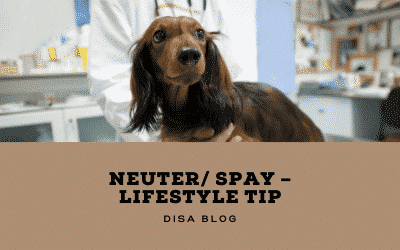This is an important topic to consider, especially when it comes down to the long-term joint health of your dog and particularly with respect to IVDD in Dachshunds.
Before we begin, please understand that the age a dog is desexed has no bearing on the genetic (heritable) component of IVDD. Deferring de-sexing until full maturity is simply looking at ways that the threat of this disease may potentially be reduced.
It’s been well practised amongst the ethical breeding community that de-sexing isn’t performed until after full maturity. This coupled with peer-reviewed papers and results that came to light following the Dachlife Survey (UK) is food for thought.
Why? Hormones are part of the dog’s endocrine system that helps develop your Dachshund to full maturity. Oestrogen in particular is required to ensure the growth plates close. Stripping these hormones before maturity and before bone growth (known as the epiphyseal plates fusing together) has fully completed can lead to long-term joint problems and affect a young dog’s ability to tolerate increased levels if exercise without damaging its growing bones and muscles.
Ultimately it is the owner’s choice and the owner who needs to be responsible for their hormonal hound during the transition from a puppy to fully grown. As a guide, hounds are sexually mature by about 9 months and usually fully grown by a year.
NB: The age a dog is desexed has no bearing on the genetic (heritable) component of IVDD. Deferring de-sexing until full maturity is simply looking at ways that the threat of this disease (IVDD) may potentially be reduced.
What to know more?
Do some research so you can make an informed decision.
- Dachlife 2021 Dachshund Health UK
- Dachshund IVDD UK – Neutering Research
- Neuter status as a risk factor for canine intervertebral disc herniation (IVDH) in dachshunds: a retrospective cohort study
- Frontiers in Veterinary Science July 2020 – Peer-Reviewed Paper
- https://www.infocusvj.org/benefits-and-risks-of-neutering-pets-what-is-the-evidence-breed-specific-disease-risk/?fbclid=IwAR1LzfWvQvajWdwfD1Ib8IG_fV9lV6KiG5BhLneQuG11Cgsjgkf-Zh0SFOM



